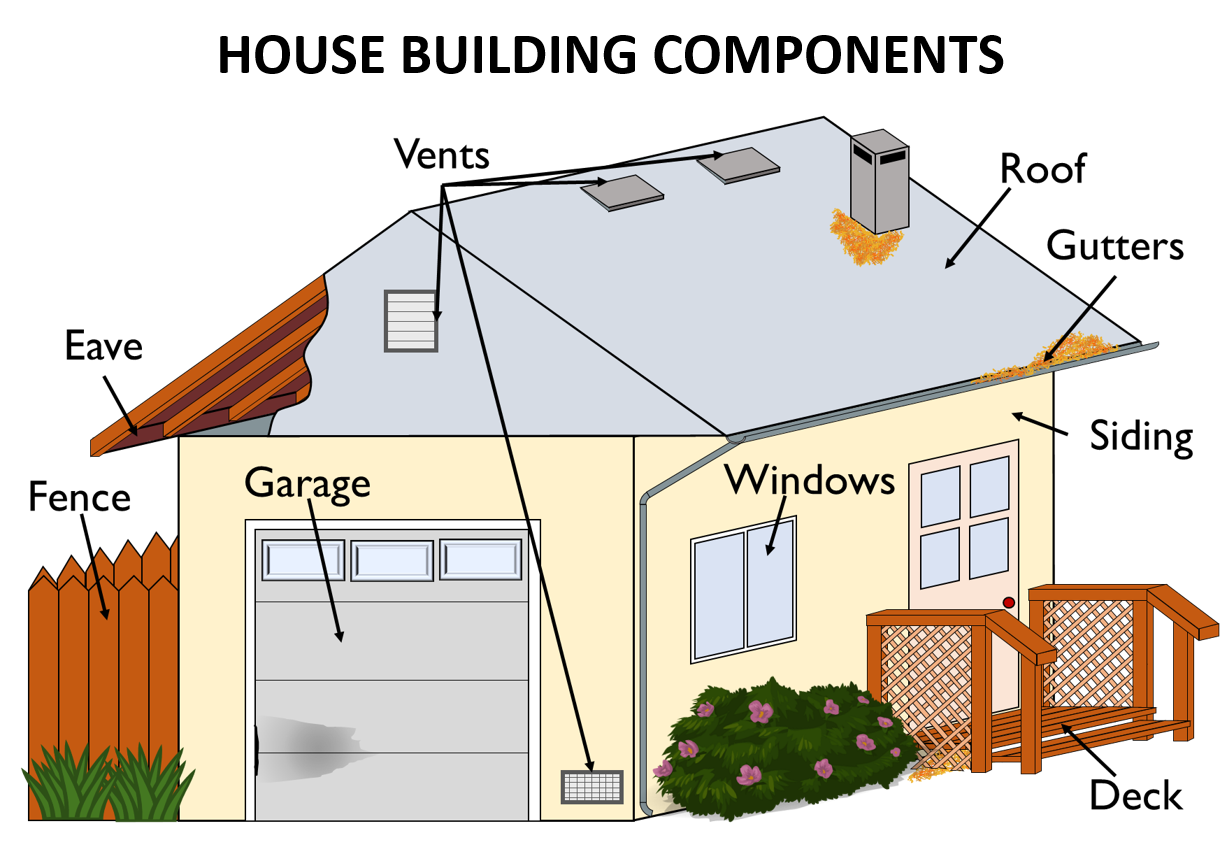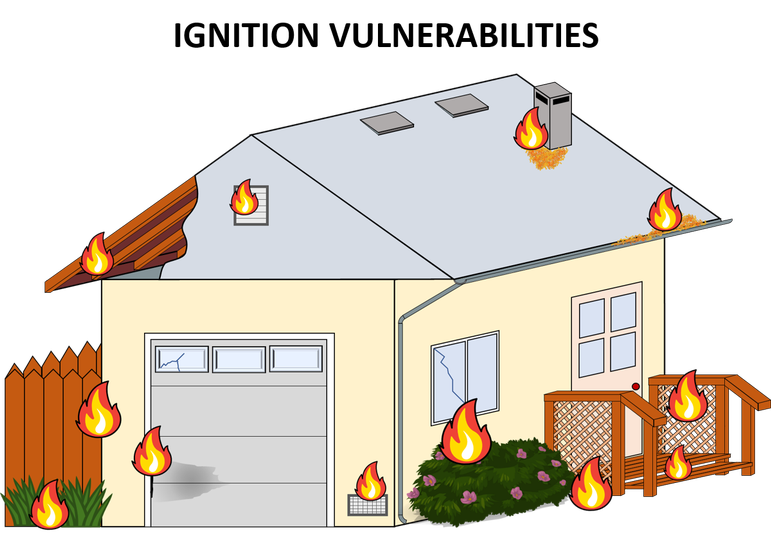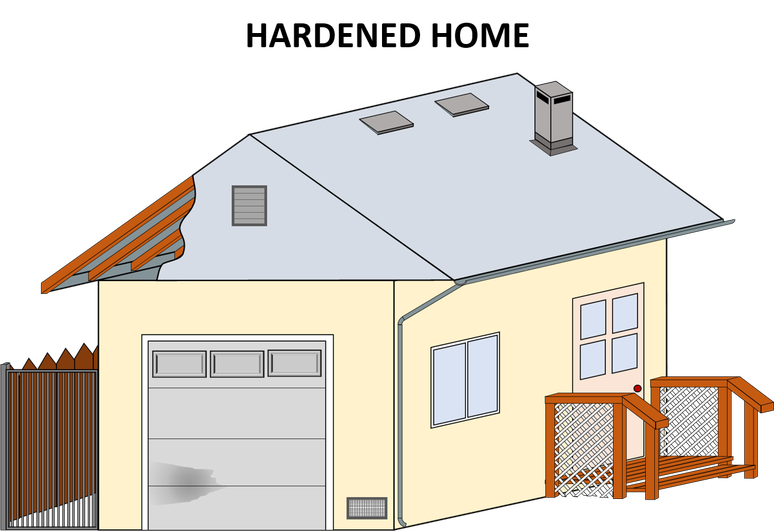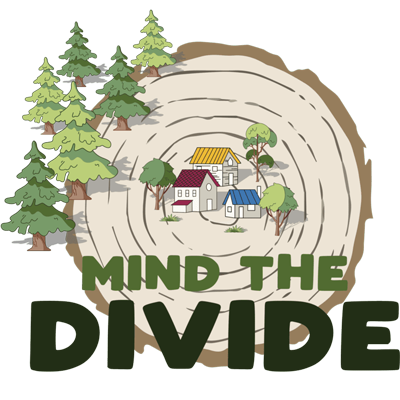
Preserving urban forests through
education and wildfire mitigation
home hardening
This information is sourced from the UCCE Agricultural & Natural Resources Site.
Wildfires will always be a part of the California landscape. Landowners and residents must consider how their homes, gardens, and community play a role in achieving greater wildfire resiliency.
Home and building loss during wildfires occur due to some part of the building igniting from one or more of the three basic wildfire exposures: 1) direct flame contact, 2) embers, and 3) radiant heat.

Embers cause the majority of wildfire home ignition by directly igniting your home or igniting vegetation or materials on or near your home that results in flames touching your house or a high heat (radiant heat) exposure that may break glass in a window. Should embers land on or near your house, they accumulate (like hail or snow) and can easily ignite the plants and mulch near your home, dry leaves, or lawn furniture. They also land on the roof, deck, or porch, and, depending on the condition of each, they may find a gap to enter the house or catch accumulated dry leaves on fire. Embers can also enter the home or attic through a vent or open window. When embers enter the home or attic, they can easily ignite the contents of the house, and the home will burn seemingly from the inside out. When embers enter the house directly, there is often little damage to the surrounding vegetation, and many are left puzzled as to what caused the home to burn, as shown in the picture below.
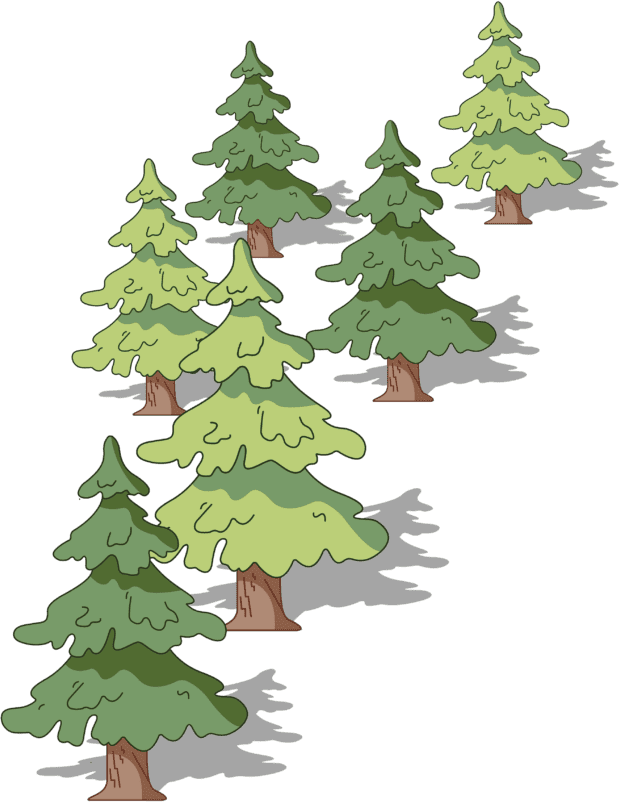
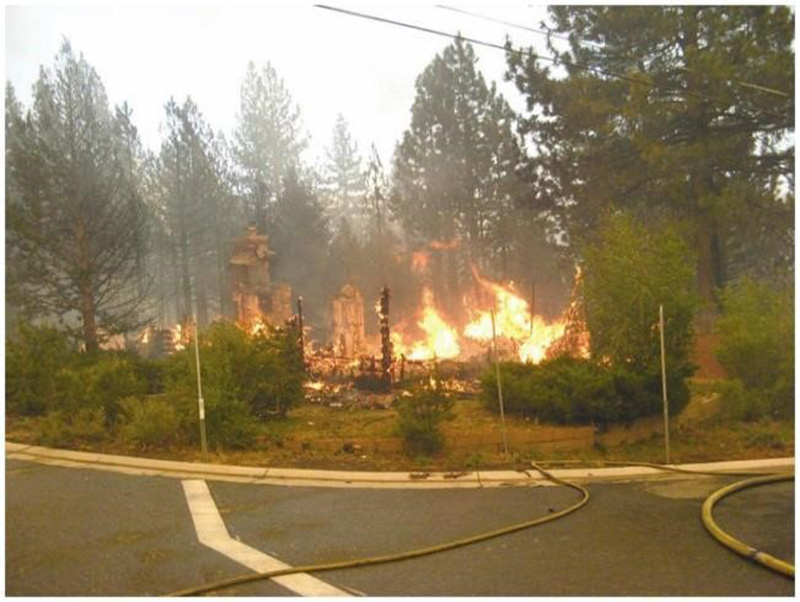
Homes survive wildfire through a combination of:
1) careful landscape selection, placement, and maintenance
2) awareness and management of combustible materials on the property (e.g., leaf litter or lawn furniture) during the fire season
3) incorporation of fire and ember-resistant construction materials, installation details, and maintenance
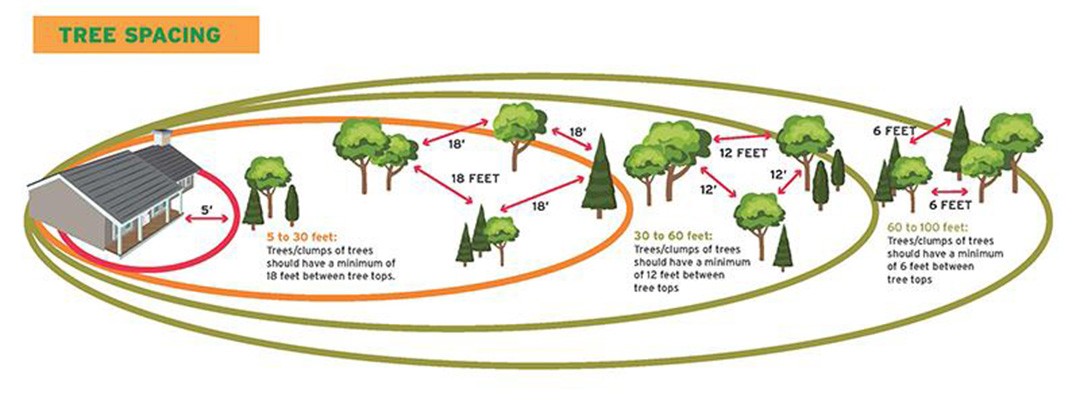
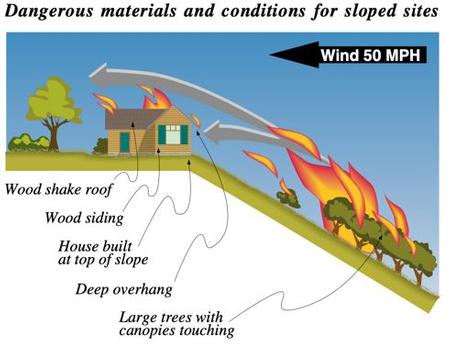
Steep slopes and wind
If the home is located on a steeper slope, in a drainage, in a windy area, or in an area surrounded by unusually dense, tall, or combustible vegetation, thinning recommendations increase. Additionally, if the home is in a vegetation type that is especially prone to wildfire or has an active fire history, the greater the clearance and separation between plants and plant groupings, the better. When the home is at the top of a slope, keep in mind that fire and heat rise, allowing for pre-heating of the upslope fuels, resulting in the potential for more intense fire behavior. In these cases, greater effort should be directed at the area downslope of the home, with even higher levels of fuel treatment given to the area below a deck. Recommendations based on the judgment of fire professionals are given below.
Under 20% slope: Space shrubs 2 x the height
20-40% slope: Space shrubs 4 x the height
Greater than 40%: Space shrubs 6 x the height
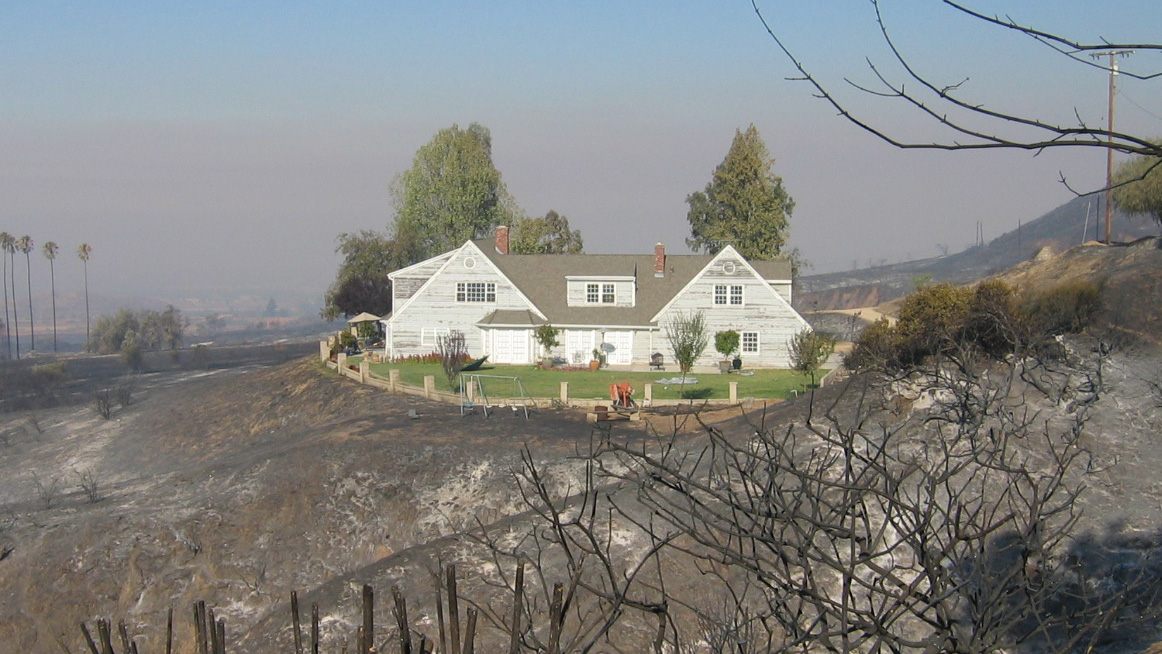
preparing your home
Home hardening involves addressing potential vulnerabilities to wildfires in order to make the house more fire-resistant. Due to differences in type, construction date, and location, it is difficult to generalize higher risks to residential buildings. It is, therefore, crucial to identify the vulnerabilities of each building component so you can prioritize what needs to be done for your home. The diagram below illustrates which building components will most likely ignite a fire.
In addition to building with appropriate materials, and maintaining your house regularly, you need to be aware of seemingly small details that can expose your home to embers.
